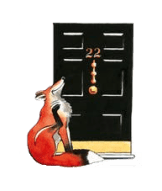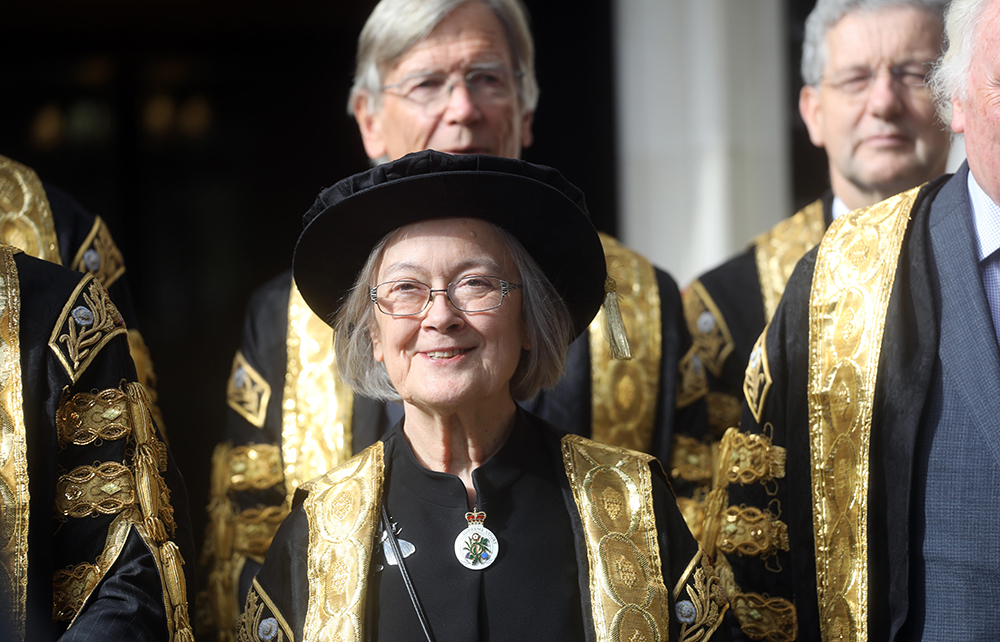Has the German leopard at last changed its spots, now that it says it will release the tanks of that name? The Germany/Ukraine story has so far been another example of the former’s long-proclaimed desire to create a European Germany rather than a German Europe. In fact, however, the two phrases now amount to much the same thing. As with the single currency and with energy, so with war materiel: German power exceeds that of all continental rivals. But, by speaking about being so European, Germany has probably gained dominance more easily than if it had been more national in tone. It might now be more honest – and safer for Ukraine – if Germany were to follow the logic of its leadership and help Zelensky as fast, rather than as slowly, as possible. The Americans, in particular, have some right to feel sore. Not only have they had to pay for the defence of Europe for nearly 80 years, now they have to promise their own tanks in order to give political cover for German ones. If Germany could rearm, and arm others, more frankly, it would see more clearly its European responsibility to defeat Putin’s invasion.
A friend has just sent me an illustrated children’s book which he recently bought in the bookshop of the Supreme Court in London. Written by Afua Hirsch, it is called Equal to Everything. It tells of a (fictional) little black girl called Ama, new to the town of Richmond, Yorkshire, and therefore to its school. In class, the pupils are being told about London. Suddenly, says the rhyming narrative: ‘Ama came alive: statues and skyscrapers everywhere / “What’s that?” she asked, “on the edge of Parliament Square?”’ Why, it’s the Supreme Court! The court, the teacher explains, is ‘led by a woman called Brenda Hale, who’s from Richmond just like you’. The subtitle of the book is ‘Judge Brenda and the Supreme Court’. Under Judge Brenda, the teacher adds, the judges ‘decide our laws’. At the end of the school day, Ama tells her widowed mother about Lady Hale. Amazingly, it turns out her mother knows all about her because of her own fight for equal pay at her workplace. As mother and daughter contemplate the picture on the wall of their late husband/father and weep, mother says: ‘Your dad and I made a brilliant team when pay wasn’t equal or fair, / Lady Hale helped us change the law so women could get their share.’
Off goes the class to London where the children gather admiringly round the statue of Millicent Fawcett and then enter the Supreme Court. The teacher says they’re in for ‘a very special treat’. ‘Yes! Chocolate cake,’ yells Henry, a greedy white boy, but he is wrong: it’s Lady Hale. ‘The children had heard so much of her and the decisions that she makes, / meeting her in real life was even better than chocolate cake.’ The ‘kind-looking’ Lady H walks in and tells the children how hard she worked at school, because of her interest in justice: ‘I learnt about past kings and queens, their bad deeds and their wars, / the people who stood up to them and how it changed our laws.’ She became a lawyer, she continues, ‘and I wrote new laws, including the Children Act that says when adults row / it’s children’s health and happiness that matters most now’. The children are delighted and the illustration shows Lady Hale at the centre of the Union flag with them smiling joyously all round her. She talks particularly kindly to a child in a wheelchair.
Then Lady Hale recalls the case of a famous ballerina who ‘now old, needed help to get up and go to the loo, / But the council said she should wear nappies when she needed to do a poo!’ ‘What a horrible thing to do,’ say the children, after prompting from Lady Hale, who tells of her lone fight on that issue, ‘ “It was very sad,” said Brenda, “of five judges, only I agreed. /So the dancer who’d asked for help lost her case, and remained in need.”’ Ama leads the class in praising Lady Hale: ‘Lady Hale, you helped my mum when she went to court about unfair pay.’ Lady Hale sends them on their way with these words: ‘Class 3, legal landmarks are some of the best landmarks of all! /And what I’ve learned in my life is, work hard as you can at school. / Always follow your dreams, ignore anyone who tries to cut you short, / Because you are equal to everything: even a judge at the Supreme Court!’ The last picture is of Class 3 imagined as future Supreme Court judges. The boy in the wheelchair is seated as the president and Ama, sitting on his right, as the vice-president.
I find this book interesting. It is a wish-fulfilment fantasy. Of the 12 Class 3 Richmond children who are pictured as future judges, five are from ethnic minorities; yet Richmond has an ethnic-minority population of 2 per cent. In a way, it is a period piece. It was published in 2019 shortly after the Supreme Court decision, delivered by Lady Hale, that the Brexit-related prorogation of parliament was unlawful. The book, written before that judgment, shows that Lady Hale was already being bigged up not only (and justifiably) as a role model for future women lawyers, but as a politically minded judge along American lines, seeing the law as a tool of social reform rather than the interpreter of common law and statute. It implies that judges make laws and never mentions that parliament has that primary role. It is turning Lady Hale into Britain’s Ruth Bader Ginsburg. Her co-operation with this book and the flattery it lavishes upon her on an almost Maoist scale from the mouths of fictional children suggest a remarkable degree of vanity. If I had been a Supreme Court judge, I would resent the implication that she was my leader – the court’s judges are equals – and that she alone understood truth, justice and rights. Lady Hale retired in 2020. Does this book mark the high-water mark of judicial overreach? The current president is the more reserved Lord Reed. I challenge Afua Hirsch to write a book of kiddies’ verse about him.







Comments